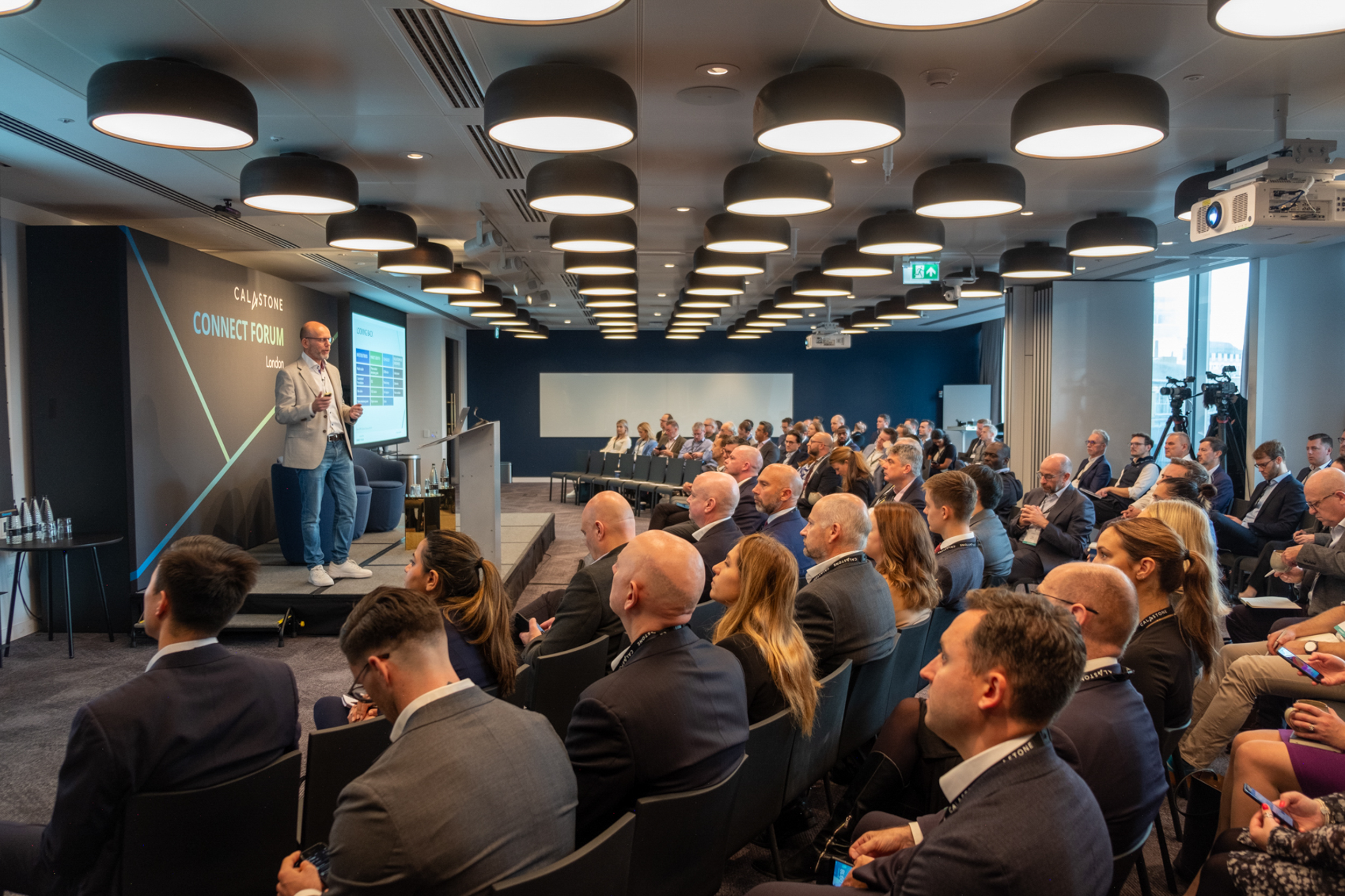As a CTO in the funds industry, Distributed Ledger Technology (DLT) has become the single most common area of technology that I get asked about. Perhaps this isn’t surprising as over the last few years, DLT and blockchain have become household names in the business world, where the opportunities it offers have great promise. But there are many misconceptions about it.
I encounter a lot of confusion over the very different roles played by public blockchains – such as those on which Bitcoin and other cryptocurrencies operate – and private ones that operate within discreet user networks. The two are often conflated.
Bitcoin is already a defining element of the Zeitgeist and is being followed a second generation of tokens as more and more exchanges launch their own products. Then there are non-fungible tokens (NFTs) like football club fan tokens that have emerged on the Ethereum programmable blockchain. Whatever one might think about their inherent value, they present a whole new investable universe and recent market turbulence will not slow down the long term trend.
All of these public blockchain products have one thing in common – they are digital natives. They have not been transferred from the pre-digital world. And that is where life starts to become more complicated.
In the private blockchain world, businesses have been investigating open-source frameworks to build their own capabilities. But the capacity to operate DLT is not the same as making it relevant. And you cannot force people to migrate to it, however attractive the economics may appear.
The Silver Bullet?
In the funds industry, DLT is often seen as the solution to unravelling the complex web of multiple, often duplicated and costly systems and processes that plague today’s industry. The vision is simple: all participants in the transaction chain access the same unalterable record, access the same data and save a host of costs such as reconciliations.
There is certainly no doubting the potential here. But we look at it slightly differently. DLT is not some sort of silver bullet that will solve every problem. It should be seen as part of the tool box, to be applied in tandem with other technologies, to take the industry forward.
Several clients have told me they have been visited by firms offering DLT enablement. But as one said: ‘If you are the only firm on blockchain, it’s a bit like owning the first telephone – there is no one else to call”. Another example is if you create a DLT and a small group of likeminded industry participants join, but eventually no one else does, you just have yet another piece of technology that is complicating your landscape.
It’s clear that such a ‘pureplay’ approach is unlikely to work. Probably the most fundamental oversight with the application of DLT in established, regulated, financial markets is that it is always the data side that is being thought about, not the business process.
Why does this detail matter? Imagine that for a given market a common infrastructure is created based on DLT and all participants sign up to use it. Leaving aside the fact that achieving 100% participation for more than a handful of organisations is a challenge on its own, there is still the simple fact that all the participants who signed up must connect their existing systems to this infrastructure.
These systems are still, from a regulatory point of view, the master books and records for the relevant actors and therefore they must be reconciled with the DLT infrastructure. They may often be considered legacy, but if they are the basis for a market with high rates of STP and well established by-exception reconciliation processes, what is the benefit of having a common record of holdings? The simple answer is “I now only need to reconcile against one system”. This sounds great in theory, but if I am already connected to all my counterparties and have a well-established system for transacting and reconciling where is the benefit? I will be doing a lot of complex technical work, digging up a lot of well-established processes, reimplementing them, but having the exact same outcome I already had. In a world where organisations are struggling with many challenges both technological and business change oriented, does this piece of work represent good value for money? I think not really, and the lack of traction for solutions like this bears this out.
Finding a solution
If the data only approach isn’t compelling enough, then what could be? The opposite to the example above is that both data and process operate “within” the DLT environment in some way. That means that the business processes natively use and update the data on the DLT. Given that changing the data layer of hundreds of existing systems is so inefficient, this means that you need to effectively build a new system that all participants can use.
While the end point of this makes much more sense than the data only approach, it is a far greater challenge. All participants now need to migrate significant parts of their tech stacks to a new platform. Replatforming large financial systems is one of the most complex and risky processes an organisation can undertake and so the likelihood of this happening across an industry, even with a handful of participants, is next to zero.
A hybrid approach
So where does that leave us? In our experience, the best path forward is a hybrid approach. A solution to the problem where an existing mutual infrastructure exists, that is itself transformed. This transformation takes the form of continuing to connect participants as they are today, but also building a new set of applications that implement business processes directly on the new infrastructure. The end result is that participants who are at the right point in their organisation’s evolution can fully move to a new platform, whilst others can move more slowly. However, everyone stays connected, and the fast movers and more conservative members are both catered for.
At Calastone we think this is the correct approach and is how we think about our fund services offering. This is the way we look at an established market, which in this case is the mutual funds market. We are already gaining traction as we continue our work to apply DLT to digitalise the entire $25tn global funds industry.





















